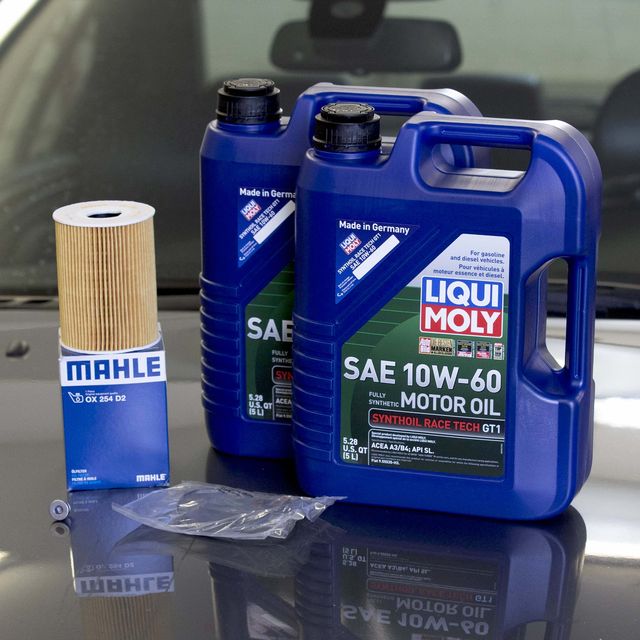Regular maintenance is key to keeping your BMW running smoothly. One important aspect of maintaining your BMW’s engine is regularly checking the oil level to ensure it is at the optimal level for proper lubrication and performance. The oil level sensor in your BMW plays a crucial role in monitoring the oil level and alerting you if it is too low or too high.
Why is it important to test the BMW oil level sensor?
The oil level sensor is designed to detect the amount of oil in the engine and provide accurate readings to the driver through the instrument cluster. If the oil level sensor malfunctions or provides inaccurate readings, it can lead to potential engine damage due to insufficient lubrication or oil contamination. Regularly testing the BMW oil level sensor can help you identify any issues and take appropriate action in a timely manner.

Credit: www.dpfpartsdirect.com
Here are the steps to test the BMW oil level sensor:
- Start the engine: Before testing the oil level sensor, ensure that your BMW’s engine is running and warmed up to operating temperature. This allows the oil to circulate properly.
- Access the diagnostics menu: Depending on the model and year of your BMW, you can access the diagnostics menu through the instrument cluster or iDrive system. Refer to your owner’s manual for specific instructions on accessing the diagnostics menu for your particular BMW model.
- Select oil level display: Once in the diagnostics menu, navigate to the oil level display option. This will show you the current oil level readings.
- Observe the oil level readings: Pay attention to the oil level readings on the screen. Ideally, the oil level should be at the halfway point between the minimum and maximum indicators. If the oil level is significantly above or below this range, it may indicate a problem with the oil level sensor or an issue with the oil level itself.
- Perform manual oil level check: To ensure the accuracy of the oil level sensor readings, it is recommended to manually check the oil level using the dipstick. Locate the dipstick, usually located near the oil fill cap, and remove it. Wipe off any oil residue and reinsert it fully. Remove the dipstick again and observe the oil level indicated on it. Compare this reading with the one displayed in the diagnostics menu.
- Test the sensor: If the oil level readings on the diagnostics menu and the manual dipstick check do not match, it indicates a potential issue with the oil level sensor. To further test the sensor, you can disconnect the wiring harness connected to the sensor and check for any visible damage or corrosion. Use a multimeter to measure the resistance across the sensor terminals and compare it to the manufacturer’s specifications. If the resistance reading is significantly different, it may indicate a faulty sensor that needs to be replaced.
Conclusion
Regularly testing the BMW oil level sensor is crucial to ensure accurate oil level readings and maintain your engine’s health. By following the steps outlined above, you can effectively test the sensor and identify any potential issues that require attention. Remember to refer to your owner’s manual for specific instructions related to your BMW model. If you are unsure or uncomfortable performing the test yourself, it is recommended to consult a professional BMW technician for assistance.






